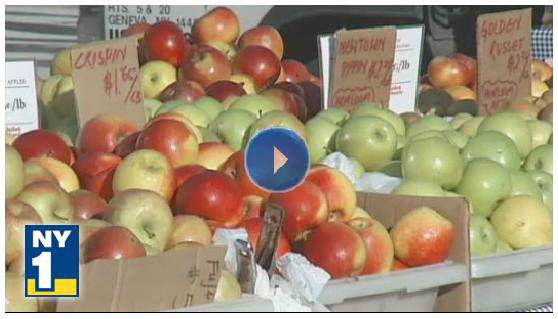
In January, 2010, Greenmarket and NOFA-NY’s Organic Wheat Project hosted an event at the French Culinary Institute, which brought together grain producers, processors, bakers and chefs. In addition to discussing the development of an emerging regional grain system, the event included a tasting of products baked with locally-grown grains. Of all the wheat varieties showcased at this event, one proved a standout in terms of flavor: Warthog.
Among those present at the 2010 event was Thor Oechsner of Farmer Ground Flour. An organic crop farmer of over 700 acres in New York’s Finger Lakes region, Oechsner was taken by Warthog’s superb flavor, and began planting the variety for the first time that year. Now, Oechsner claims to grow more Warthog than any other producer in the Northeast. Warthog is a hard red winter wheat. Winter wheat is planted in fall, and grows to about four inches tall before becoming dormant in the cold winter temperatures. Then, it undergoes a process called vernalization; this period of dormancy is required for the plant to put up a seed head the following spring. The wheat is then harvested in July. Winter wheat tends to produce a higher-yield, lower-protein product. Oechsner describes Warthog as a hardy, strong, good-looking crop. To top it all off, it is amazingly easy to harvest.
While Warthog is relatively new to the United States, its commercial presence has grown in the Northeast’s regional grain shed since the tasting event two years ago. This is because, in addition to its great flavor, it is currently the best available hard red winter wheat variety. A reliable, clean seed supply has been accessible to Northeast farmers. It holds a high falling number, which means it resists sprouting in seed, an important quality for good baking flour. Its protein content is also considered decent for a winter variety.
Despite its benefits, Oechsner and other Warthog producers did face setbacks this year, owing to the wet weather. The wheat’s protein content was lower than expected. But Oechsner is confident that blending Warthog with a spring wheat flour will boost protein content while letting Warthog’s special flavor shine through. Blending means that Warthog’s traceability in the marketplace is reduced for the time being. However, the hope is that, in coming years, bakers and restaurants will seek out Warthog specifically for its superior flavor, and continue to spur the variety’s progress in the Northeast. In addition, Oechsner will be collaborating during the 2012 season with Elizabeth Dyck of OGRIN to develop grain trials with Warthog. These grain trials could lead to techniques for growing Warthog that will boost protein content and hedge against future rainy seasons. The focus of these trials is timing nitrogen fertilization. By adding nitrogen at a point when most of the plant’s vegetative growth has occurred – called the “boot” stage – the plant’s energy will be concentrated on seed development and protein production.
While Oechsner’s and Dyck’s goal is to learn more about growing Warthog successfully in the Northeast, Dyck continues to work with other producers to explore a variety of grains that could thrive in this region. Warthog is a great winter variety with outstanding flavor, but the hope is that, in the near future, growers will be able to choose among several high-quality wheat varieties.





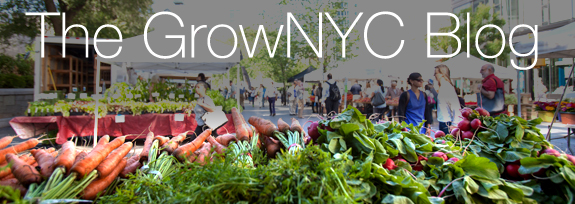
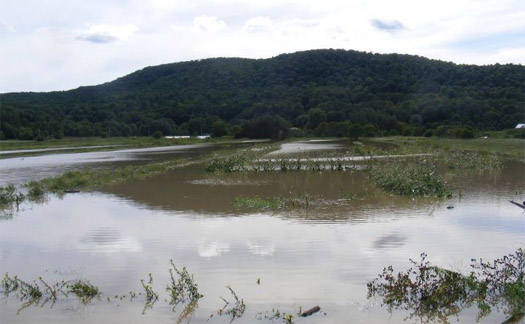

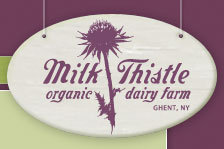





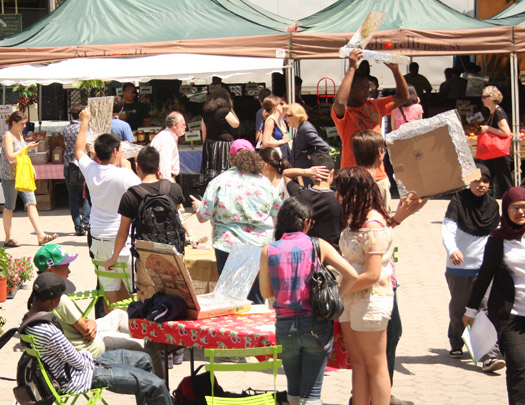
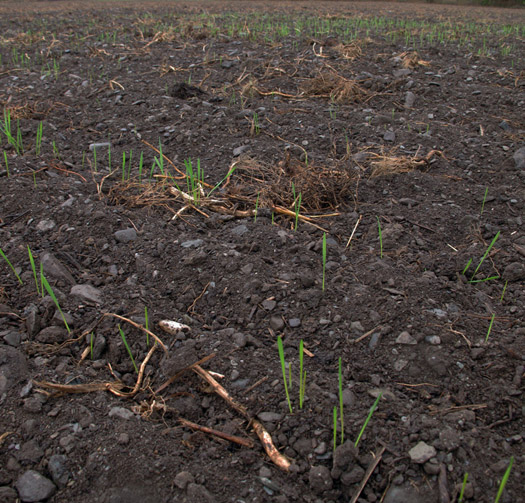






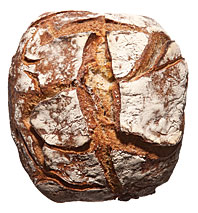 Last month, New York magazine's 'Reasons to Love New York' issue featured a 14-page spread on this
Last month, New York magazine's 'Reasons to Love New York' issue featured a 14-page spread on this 